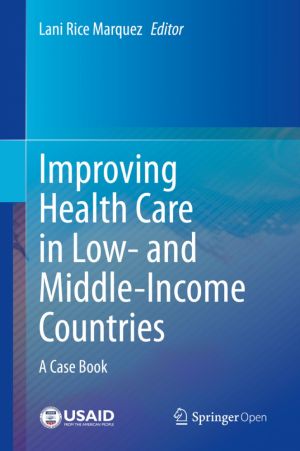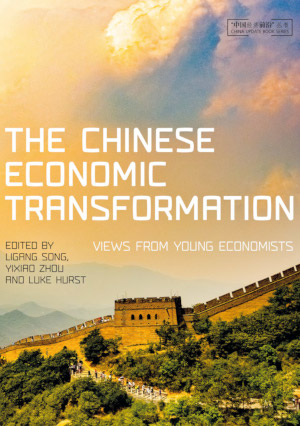China: Surpassing the "Middle Income Trap"
by Shaojie Zhou, Angang Hu
DescriptionDetailsHashtagsReport an issue
China is facing many setbacks and experiencing an economic slowdown in recent years due to some serious issues, and income inequality is one such issue deferring China's development potential by creating a middle income trap. This book thoroughly investigates both the unpromising factors and favorable conditions for China to overcome the trap. It illustrates that traps may be encountered at any stage of development and argues that political stability is the prerequisite to creating a favorable environment for economic development and addressing this "middle income trap".
Written by one of China's central planners, this book offers precious insights into the industrial policies that are transforming China and the world and will be of interest to China scholars, economists and political scientists. 






Book Description
This open book explores one of the most fiercely debated issues in China: if and how China will surpass the middle income trap that has plagued many developing countries for years. This book gives readers a clear picture of China today and acts as a reference for other developing countries.China is facing many setbacks and experiencing an economic slowdown in recent years due to some serious issues, and income inequality is one such issue deferring China's development potential by creating a middle income trap. This book thoroughly investigates both the unpromising factors and favorable conditions for China to overcome the trap. It illustrates that traps may be encountered at any stage of development and argues that political stability is the prerequisite to creating a favorable environment for economic development and addressing this "middle income trap".
Written by one of China's central planners, this book offers precious insights into the industrial policies that are transforming China and the world and will be of interest to China scholars, economists and political scientists.
This open book is licensed under a Creative Commons License (CC BY). You can download China: Surpassing the "Middle Income Trap" ebook for free in PDF format (3.5 MB).
Book Details
Title
China: Surpassing the "Middle Income Trap"
Subject
Business and Economics
Publisher
Palgrave Macmillan
Published
2021
Pages
230
Edition
1
Language
English
ISBN13
9789811565397
ISBN10
9811565392
ISBN13 Digital
9789811565403
ISBN10 Digital
9811565406
PDF Size
3.5 MB
License

Related Books

This book asks why and how some of the developing countries have "emerged" under a set of similar global conditions, what led individual countries to choose the particular paths that led to their "emergence," and what challenges confront them. If we are to understand the nature of major risks and uncertainties in the world, we m...

This volume analyzes the economic, social, and political challenges that emerging states confront today. Notwithstanding the growing importance of the 'emerging states' in global affairs and governance, many problems requiring immediate solutions have emerged at home largely as a consequence of the rapid economic development and associate...

This open book is a collection of 12 case studies capturing decades of experience improving health care and outcomes in low- and middle-income countries. Each case study is written by healthcare managers and providers who have implemented health improvement projects using quality improvement methodology, with analysis from global health experts on ...

This book discusses socio-environmental interactions in the middle to late Holocene, covering specific areas along the ancient Silk Road regions. Over twenty chapters provide insight into this topic from various disciplinary angles and perspectives, ranging from archaeology, paleoclimatology, antiquity, historical geography, agriculture, carving ar...

The Chinese Economic Transformation, the 19th volume in the China Update book series, provides an opportunity for young economists to share their views on various issues relating to the Chinese economic transformation. More than half of the contributors to this book are female scholars. Some of the contributors are rising stars in the studies of th...

It constitutes a unique source of knowledge and guidance for all healthcare workers who care for patients with sepsis and septic shock in resource-limited settings. More than eighty percent of the worldwide deaths related to sepsis occur in resource-limited settings in low and middle-income countries. Current international sepsis guidelines cannot ...

